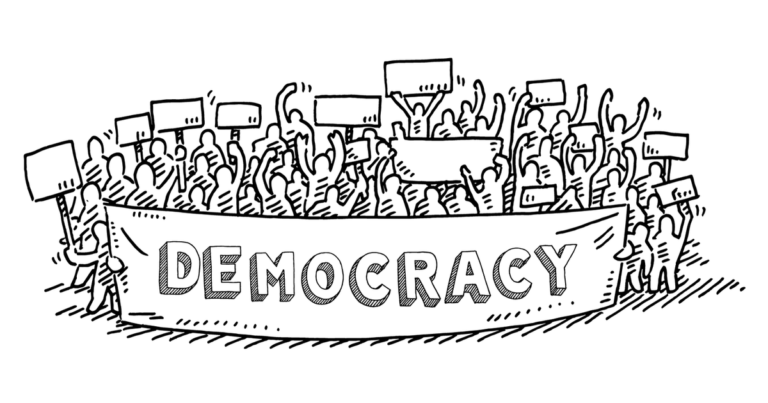One of the defining features of Abuja, which replaced Lagos as Nigeria’s capital city, is the stark distinction among the social classes. This stark inequality is at once amplified and exemplified by the city’s acute middle and lower class housing and social services shortages. This challenge began in 1984, when the military citing lean resources amid an economic downturn, slashed funding of the new capital city. Consequently, for several years, the proposed Abuja model city project languished in limbo.

However, there was a dramatic change of fortune for Abuja after the bloody April 22nd 1990 coup attempt. Due to security considerations, Abuja was hurriedly proclaimed the new federal capital in 1991 and the military government repaired to the erstwhile neglected and largely uncompleted city. In the aftermath of this sudden relocation, Abuja began to witness an influx of low and middle income workers with no official provision for their sustenance or accommodation. The initial influx metamorphosed into a deluge when another military regime similarly without adequate planning ordered all government agencies to relocate to Abuja.

While there are social inequalities in every Nigerian city, the gap between the social classes in Abuja is profound. Thus individuals one would easily consider middle class in any other Nigerian city are quite often found dwelling in barely habitable shanties on the periphery of Abuja. The planners of Abuja have gone to great length to ensure that no unsightly shanty distorts the city’s modernist architecture and landscape. The oft heard refrain among the city’s apparatchiks is that the: ‘mistake’ of Lagos must not reoccur in Abuja! And so eternal vigilance on the part of the administrators equals periodic mass demolitions of ‘unauthorised’ shanty towns to ensure the city is kept pristine. Thus successive governments spend humongous sums renovating the city centre and its exclusive neighbourhoods to the detriment of the shanty towns.
The shanty towns are the eyesore of the city. They are inundated with unpaved roads and bush tracks with hardly any government presence. Children of school age, mostly of northern Nigerian origin, with plates around their necks bound with string, litter public places. Consequently, these hovels are a cesspool of malfeasance meanwhile they are periodically invested by bandits from surrounding mountains. Furthermore, due to the absence of a functional mass transportation system the transportation needs of the city is serviced by private car owners who use the opportunity to make extra income. The enormous disproportion between demand and supply means that available supply is re-configured to service the burgeoning demand. Thus a typical saloon car takes two passengers in the front seat and four in the back seat, all sitting at very awkward angles. This improvised transport system has enabled the rise of criminal gangs which prowl the metropolis picking and robbing passengers at will.
Meanwhile as a significant population abide in the shadow of this modern urban travesty the city’s administrators remain fixated with upholding the ‘Abuja masterplan’.



